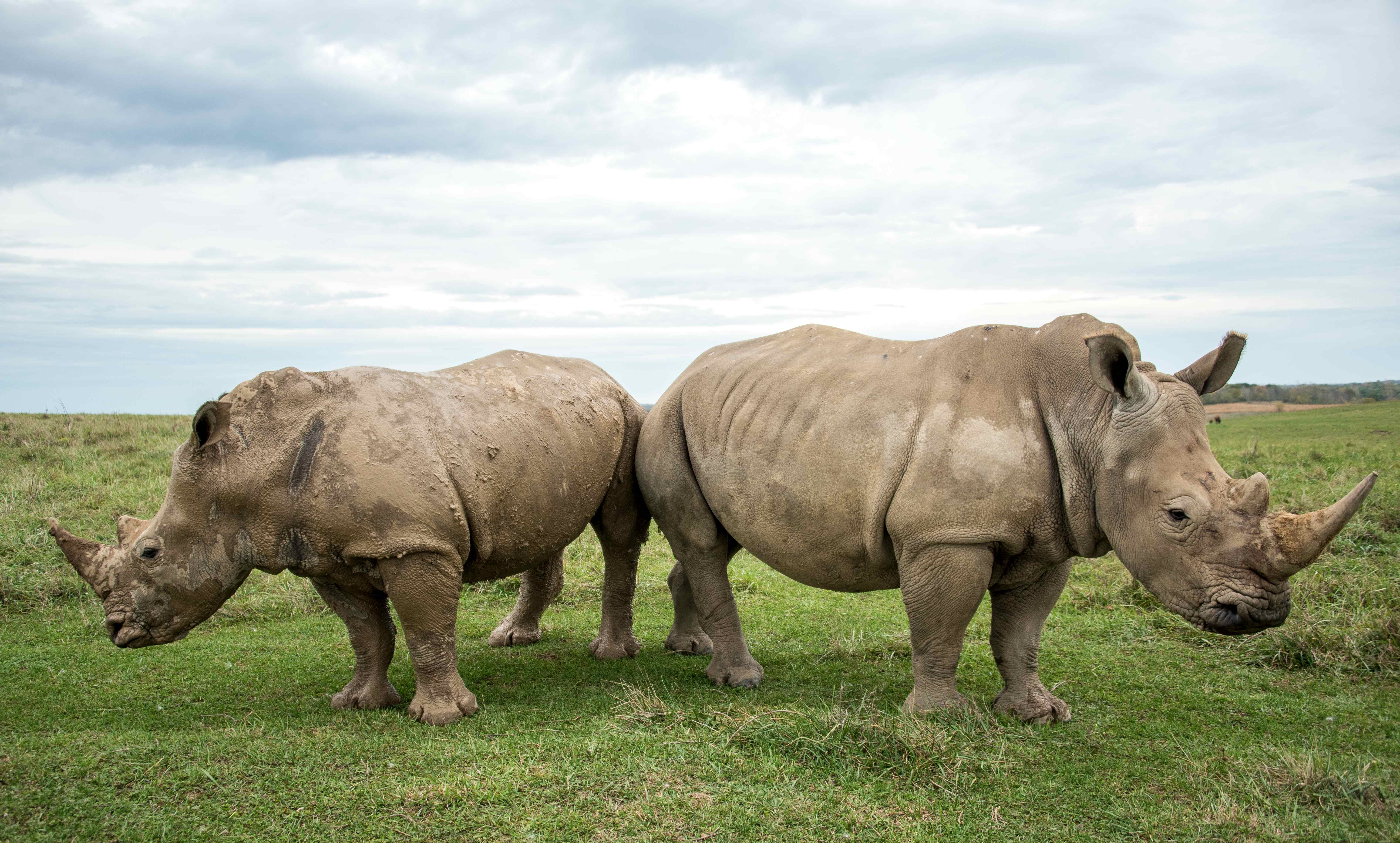
In rare instances, some black rhinos develop an additional posterior horn, although it is much smaller than the two principal horns. For most fully-grown individuals, the anterior horn is typically longer than its posterior horn. Horn size also differs between genders, with males carrying thicker horns and females displaying thinner, longer ones. The unique lip shape of each species is an evolutionary adaptation to suit their distinctive feeding habits.īlack rhinos are one of three species of rhinoceros that have two horns, which can vary in shape and size depending on geographical location. Whilst the white rhino has a wide, square-shaped lip, the black rhino instead sports a pointed, prehensile upper lip (hence the common reference of square-lipped rhinos and hook-lipped rhinos). The key distinguishing feature between the two species is actually the shape of their mouths.
#BLACK RHINOCEROS LOCATION SKIN#
Adults reach a height of 1.6 metres and a weight of 900-1,350 kilograms, and usually have a smaller head and neck hump than their “white” counterparts.ĭespite their nomenclature, black and white rhinos are both dark grey in colour although their tendency to wallow in dirt, mud and dust, which varies in soil condition throughout native rhino habitats, can cause a slight difference in skin colour. Of the two African rhinoceros species, the black rhino is the smaller kind.


Subspecies: Diceros bicornis minor (Southern Central black rhino), Diceros bicornis bicornis (South Western black rhino), Diceros bicornis michaeli (East African black rhino)


 0 kommentar(er)
0 kommentar(er)
